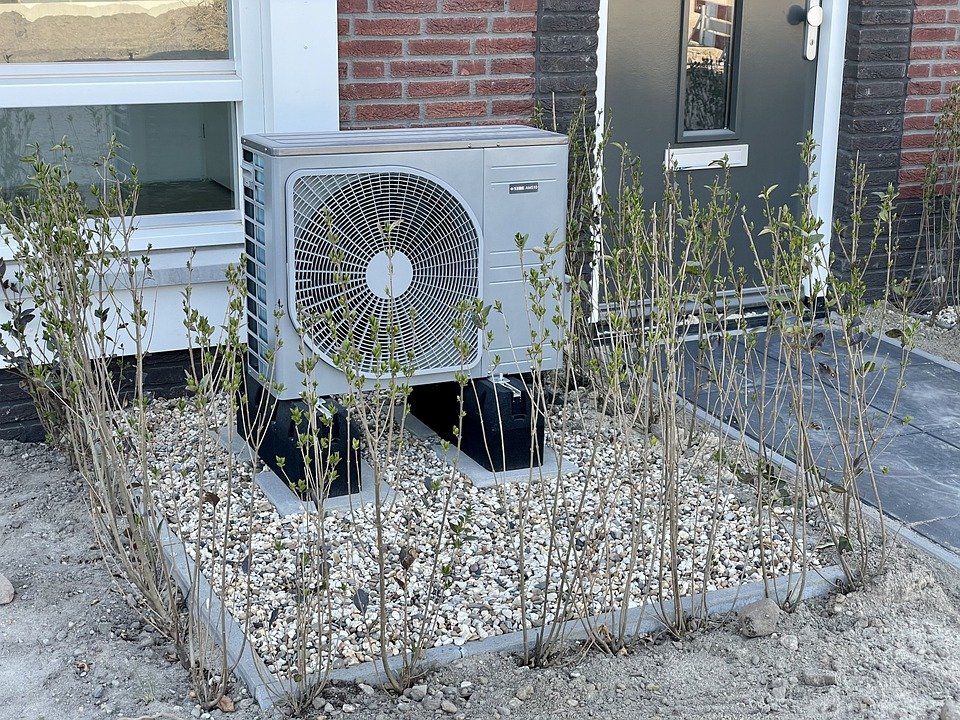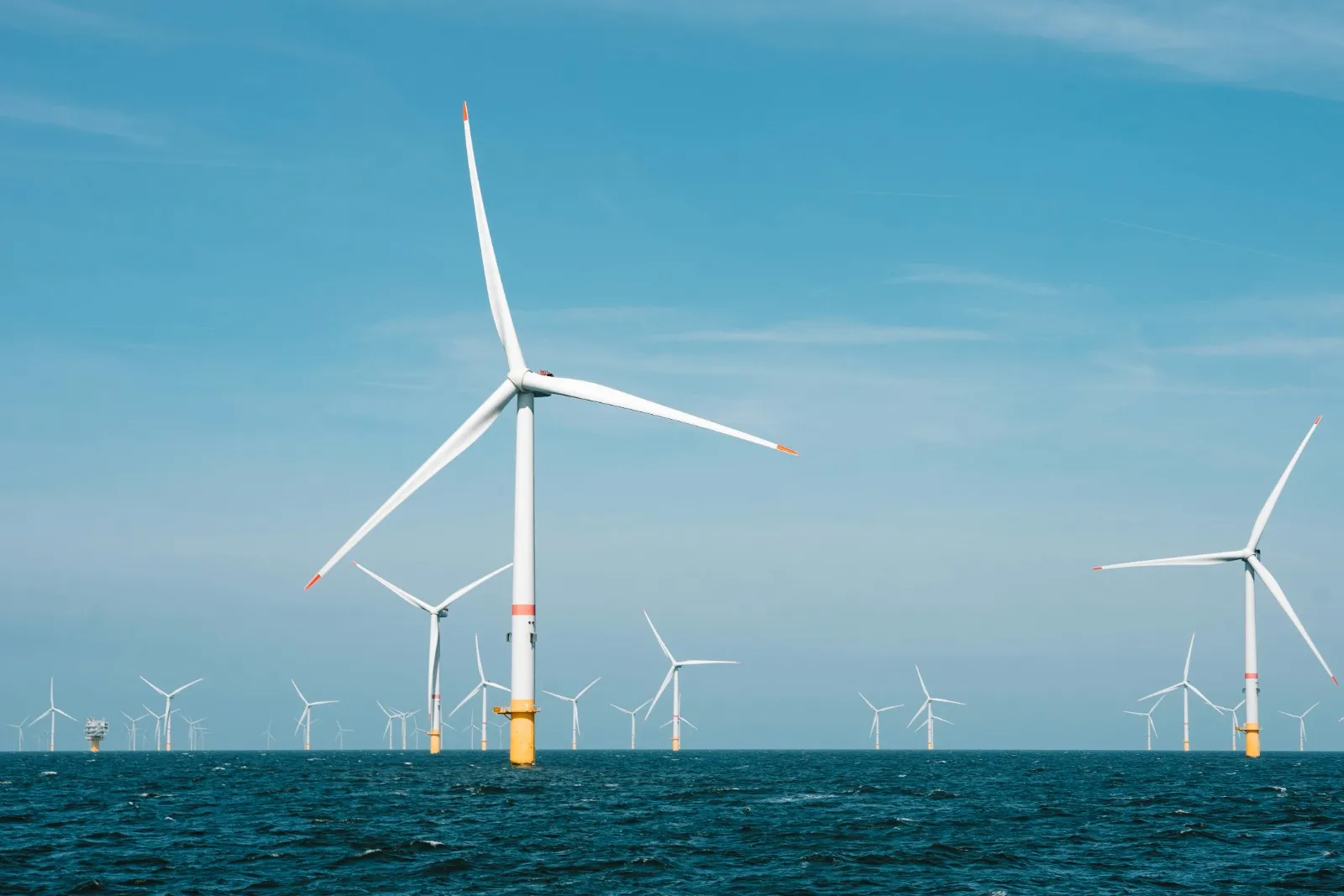Selling net zero: Is that enough?

By Catherine Hunter, Senior Account Manager at Aspectus Group
As we run up to COP26, net zero features on the agenda more than ever. And against a backdrop of rising global gas prices, the desire to diversify our energy mix away from fossil fuels seems stronger than ever.
However, reducing reliance on fossil fuels is only one strand of our net zero pathway. The Committee on Climate Change notes that over 40% of the abatement needed in scenarios to 2035 involves consumer action, but just how do we make that happen?
From Insulate Britain blocking the M25 near London, to Extinction Rebellion blocking an intersection near the temporary home of the Netherlands’ parliament and Build Back Fossil Free lobbying Biden, desire for climate action is palpable. But the direction the public should take is less clear. Ultimately the message is simple: change isn’t to be feared and a cleaner, greener future can also be better for you. There is bound to be disruption to lives as we navigate the changes needed to reach net zero. This blog, through the lens of heating, will consider how reframing the discussion away from being greener could be one step to encouraging more people to decarbonise their heating system.
Keeping warm
If you ask someone what they want from a heating system, they won’t talk about efficiencies or the running temperature of their radiators, they’ll likely say they’ll want a warm home at an affordable price. Whether the heat comes from hydrogen, electricity or through a district heating network is a minor detail.
That said, a lot of the focus at the moment is around heat pumps – with about 50 million expected to be installed by 2030 across Europe. Electrifying heating will reduce carbon emissions, but it will also reduce the running temperature of our radiators. Many homes will remain warm with a lower and longer heating regime, but not all. And we all know bad news spreads quickly, so while this technology is in the early-adoption stage, sound advice on all measures needed to make it work are essential. The planet can’t afford for heat pumps to be rejected before their full potential has been realised, so we must explain this change clearly.
Another significant grid benefit of heat pumps is grid flexibility, few consumers will be interested in hearing, let alone understanding, how flexibility works or why it matters. They will, however, be concerned if their heating is turned off to help reduce demand on the grid when their house isn’t comfortably warm. While not a fear for consumers today, it’s one to address upfront and to set out parameters for when heat pumps can be used for demand turn down. Until recently, customers were advised to switch and save. Money, however, wasn’t always a strong enough motivator to make the switch, so it can’t be sold as the only benefit to grid flexibility either.
That same cost thought should be extended to energy efficiency. With energy bills set to rise this winter, the additional cost of double glazing, loft insulation or a draught excluder is unlikely to be at the top of anyone’s shopping list. Add to this the idea that the initial outlay will be recovered in three or five years’ time and it becomes even less attractive. You may, however, see people rushing out to buy a hot water bottle as being warmer is a key driver to decision making.
Creative solutions
There’s a lesson in selling to be learned from the supermarkets. Sliced, grated or a block of cheese all ends up melting on a pizza so why can’t we package up those kWhs differently? One such example is heat-as-a-service, and the benefits of this extend beyond customer satisfaction. Insights from the Energy Systems Catapult, suggest customers are willing to pay more and are more likely to switch to a lower carbon technology for heating when buying heat-as-a-service. But the benefits of this are amplified for the supplier, the more you know about a customer the better able you are to target offers and new products making them a long-term customer too.
Our journey to net zero spreads much further than heat and bringing customers along with us on that journey will be crucial. While climate activism shows desires to be greener, selling net zero needs a considered, creative approach to make sure we go far enough, quickly enough.

